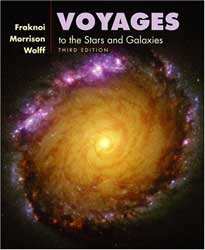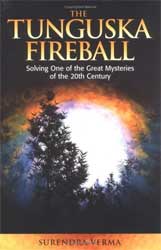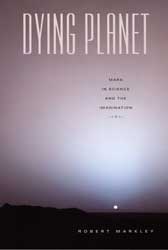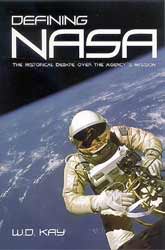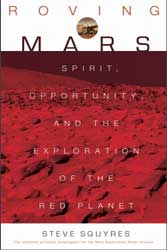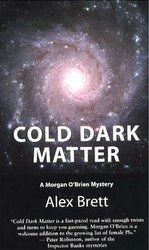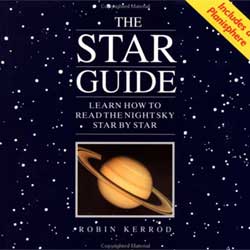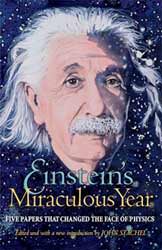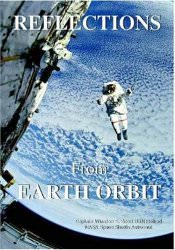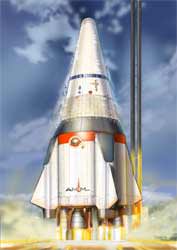
The particular dream of this book is where people end up easily, routinely and safely flying into space from Earth. In real life, many people and corporations address this topic seemingly at regular intervals. NASA has its own unique capability to start projects along this road only to shy away just before culmination. Jules Verne had his plans, purely fictional ideas for travelling to the moon. Wernher Von Braun had his own plans and dreams. Most daydreamers look at only certain aspects. Engineers, of course, focus on resolving technical issues. Economists might envision profits greater than any known on Earth. Philosophers vouchsafe interstellar travel as the ultimate test for humankind, and dream to pass the test. Within the mind, such events and circumstances can easily shape into a solid looking mirage. Often, that is exactly where they stay, as reality tends to be a lot different and usually much more challenging.
In The Rocket Company, Stiennon and Hoerr put paper to their daydreaming engineering ways. Their premise for getting people safely and effectively space faring begins with an investors group with pocket books just large enough to bank role everyone’s needs. Next, the investors go hire the best engineers with well above typical salary levels and then give them all the babysitting they need to build their rocket ship. Rather than just listing the systems, sub-systems and components, the authors do an excellent job of introducing production elements at appropriate times. First the flight trajectory defines the requirements. Market cases frame the payload size. Then many of the main elements of the craft get analysed and defined. The analysis does include a lot of engineer speak which is great for said specialists but not so much for others.
However, don’t let the preceding fool you into thinking this book is a dry rendition of systems engineering case studies. It is not. The authors artfully and smoothly wrap all the engineer speak into a fictional package that makes reading it a pleasure. The frame of reference for the reader is of looking over the shoulder of the company’s chief documenter. From this first person perspective, the reader is treated to people discussing the pro’s and con’s of various fuel mixtures, we listen to shouting in the boardroom while options are discussed and we taste the thrill of watching the test vehicle successfully launch.
By using this fictional surround to convey their impression of requirements and resolutions, the authors ensure that somewhat dry subject matter gets a fresh and interesting face. They introduce problems like slowing a feedback response to be compatible with human characteristics. Then, they present discussions amongst the fictional characters on some juicy historical similarities. Last, they sum up the issue by having the company’s expert engineer give the appropriate answer for this difficulty. And this is the beauty of fiction and daydreaming as the results work first time.
By using a person in a fictional company to present technical parameters studies, the authors successfully walk a very challenging tight rope. On one side is the chasm of detail. If they fell there, the book would likely have reams of tables of weight, cost and capability. This way they’d have a true technical reference but a very dry and dated one. On the other side of the rope, the chasm leads to pure fiction. That is, the authors provide a good story but what value is it in actually getting people into space? Skilfully though, the authors place the readers between these two gaping pitfalls and nicely balance the rocket design and business case with the fictional encounters of people living the lives within a fictitious company.
In consideration, there must be something people are just missing. We’ve put humans on the moon, we’ve dug tunnels joining Britain to France, and we’ve raised buildings towering high into the sky. So why are we still moribund on this planet? Many answers jump forth, but let the book The Rocket Company by Patrick Stiennon and David Hoerr show you one avenue to escape this tribulation. Sometimes dreams can turn into reality. This is one which many people would happily wish to come true.
Review by Mark Mortimer
Read more reviews online, or purchase a copy from Amazon.com.

